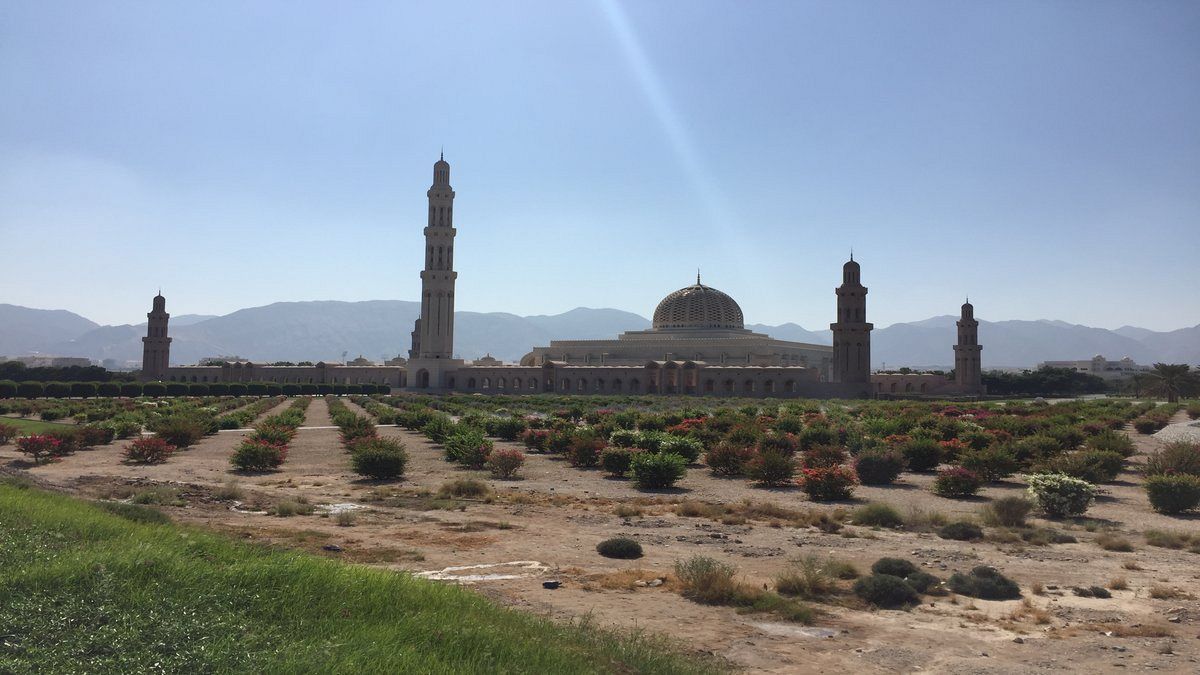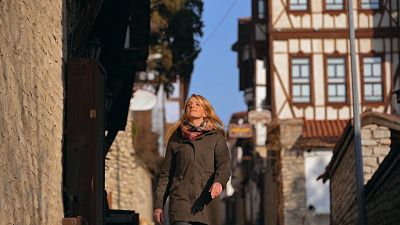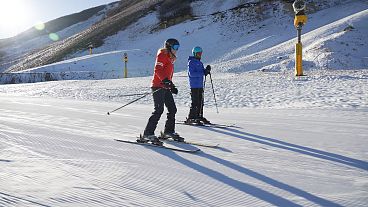By Euronews
Share this articleComments
GENERAL Population: 3,219,775 Capital: Muscat Area: 309.
GENERAL
- Population: 3,219,775
- Capital: Muscat
- Area: 309.500 km²
- Head of State: Sultan Qaboos bin Said
- Languages: Arabic (official language), English (commonly used)
- Religion: Islam
DHOFAR REGION
- Regional capital: Salalah is the country’s second largest city, 1,040 kilometres away from the capital
- The region covers one third of Oman’s land area and forms the Sultanate’s southern part
- The region is famous for its frankincense and myrrh
- From early June to early September the region is touched by monsoons
SHARQIYAH (WAHIBA) SANDS
- The 6,000 year-old desert is the original homeland of the Bedouins
- The dunes are up to 200 metres high and cover a total area of about 10,000 square kilometres
JABAL AKHDAR
- Is also called “Green Mountain” and known for its Mediterranean climate
- Rises to an altitude of 2,980 metres
- Produces a variety of fruits, including pomegranates, apricots, plums, figs, grapes, apples and pears, as well as almonds, walnuts, saffron and the famous roses
BANDAR KHAYRAN RESERVE
- The nature reserve Bandar Khayran is located 25 kilometres southeast of Muscat
- This lagoon is surrounded by rocks which are up to 250 million years old
- Bandar Khayran has a unique ecosystem due to mangroves that provide the habitat and food for many animals
- In Bandar Khayran can be found 200 different types of fish and 45 different type of coral reefs
GREEN TURTLE
- Ras Al Hadd and Ras Al Jinz, the easternmost points of the Arabian Peninsula, are one oft the most important nesting sites for the endangered green turtle wordwide
- Around 30,000 green turtles return to Oman’s coast annually to lay their eggs
- Only one to two out of 1,000 baby turtles will survive
- Once they reached maturity at the age of 25 they return always to the very same beach where they were born
- The average life span of a green sea turtle is over 80 years
SUR
- Sur used to be an important shipbuilding centre of vessels like the dhow that crossed the oceans
- Has played an important role in maritime commercial activity across the Indian Ocean, the Arabian Sea and the Sea of Oman
BAHLA FORT
- Originally, Bahla Fort was built in the third millennium BC
- Biggest mud brick fort in the country
- The fort has been part of UNESCO’s World Heritage List since 1987
- Bahla is an outstanding example of a fortified oasis settlement of the medieval Islamic period
MUSCAT
- Evidence of human settlement in the Muscat area dates back to 6,000 BC which makes it one of the oldest cities in the Middle East
- 1507 conquered by the Portuguese, 1650 freed by Sultan bin Saif
- Muscat became the capital of Oman in 1793
- Qaboos bin Said became Sultan of Oman in 1970
SULTAN QABOOS GRAND MOSQUE
- Built from 300,000 tonnes of Indian sandstone the construction took six years, opened in 2001
- The mosque’s total capacity is 20,000 worshipers
- One of the main features is a single piece Persian carpet measuring 70×60 metres composed of 1,700 million knots and weighs 21 tons
- In the centre of the main prayer hall hangs a 14 meters high Swarovski crystal chandelier with more than 1,100 light bulls
Share this articleComments
You might also like
Safranbolu is a Turkish town with fairytale Ottoman houses where ‘red gold’ grows in abundance
IN PARTNERSHIP WITH GOTÜRKIYE
Balloons, blooms and ballet: The Turkish festivals not to miss in 2024
IN PARTNERSHIP WITH GOTÜRKIYE
Winter sport your thing? Check out these spots in the Greater Caucasus
IN PARTNERSHIP WITH AZERBAIJAN TOURISM BOARD



